Biryani is loved around the world, transcending the boundaries of Asia. In this article, we will introduce its surprising roots and the variations that have emerged over time.
TasteTune introduces diverse cuisines from around the world and also provides music that expresses those dishes. Available on YouTube and various subscription services like Spotify, be sure to give it a listen.
What is biryani?
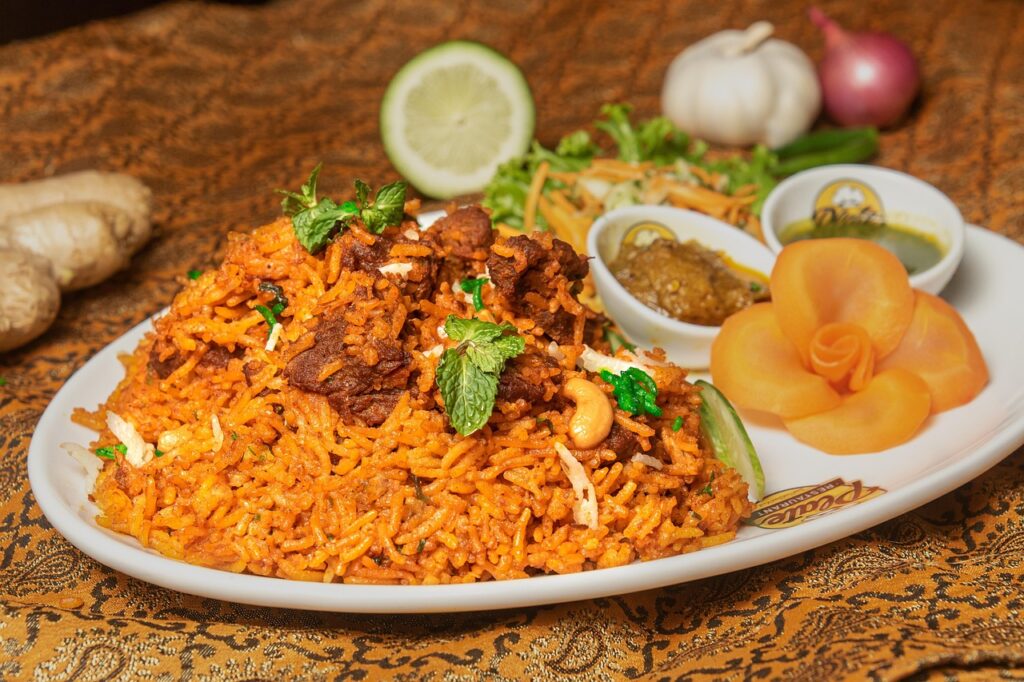
Biryani is a rice dish originating in India and South Asia. It is cooked in layers with spices, basmati rice, meat (chicken, lamb, beef, etc.), seafood, vegetables, and other ingredients.
At first glance, it resembles dishes like curry pilaf, but its defining characteristic is the different cooking method.
The name “Biryani” originates from the Persian words ‘birian’ (to roast or stir-fry) and “beryan” (roasted food). Therefore, it is widely believed to have its roots in Persian cuisine.
TasteTune「Biryani」
Sounds that evoke depth and warmth: Indian instruments
At the heart of this piece lies India's rich musical culture.
The rhythmic resonance of the tabla drums, the supple flow of the sitar's tones, the soul-stirring resonance of the sarangi, and the clear flute notes of the bansuri. When these instruments unite, they evoke the complex, deep spice aromas of Biryani and the warmth of its slow-cooked ingredients through sound. It's as if you're tasting the rich flavors contained within a single dish with your ears.
Harmony of Tradition and Modernity: New Appeal
Alongside traditional sounds, the layering of mellow chill beats and gentle EDM rhythms makes the entire track more approachable, enveloping it in a pleasant energy.
Just as traditional Biryani continues to be cherished on modern dining tables, this music expresses the fusion of tradition and innovation. Though the track is brief, the concentrated satisfaction packed into that moment is like Biryani itself—a single bite releasing a deep, expansive flavor.
Sounds that paint scents and heat: Expressions that stimulate the senses
The music is sprinkled with sounds that evoke the distinctive aroma and heat of Biryani.
Sounds as gently fragrant as cardamom, slightly stimulating notes reminiscent of chili, and soft resonances reflecting saffron's golden hue. When these combine, you experience a sensation as if the aroma of spices were spreading through your nose, even though you're listening with your ears.
The flow representing a moment of happiness: The development of the music
The flow of the piece mirrors the very experience of taking a bite of Biryani. It begins with the initial burst of aroma and vivid flavors, gradually evolving into a gentle, soothing aftertaste—a progression that perfectly captures the taste experience as it unfolds in the mouth. Furthermore, the song incorporates passages reminiscent of the ‘dum’ cooking method used to steam-cook Biryani. Layers of soft, rising sounds and warm, undulating bass evoke the time taken to slowly seal in the rich flavors.
The Essence of Biryani to Savor with Your Ears
This song themed around Biryani is more than just background music. It is a special piece crafted to let you savor the “richness” of Biryani, the ‘aroma’ of its spices, and the “tradition and passion” of India through your ears. Let yourself be swept away on this sonic journey and fully immerse yourself in the world of “Biryani.”
The History of Biryani

The reason why the Indian dish Biryani has its roots in Persian cuisine lies in the rule of the Mughal Empire.
The Mughal Empire was an Islamic empire that existed on the Indian subcontinent from the 16th to 19th centuries. It had a culture of royalty and nobility influenced by Islamic culture and Persian cuisine, which was brought in during the invasion of northern India.
Meat, rice, and spices were introduced into their court cuisine (Mughlai cuisine) in the form of simmered dishes. This is said to be the origin of Biryani.
However, one theory suggests that Biryani developed as a meal for Mughal soldiers.
This theory was born out of the need for simple “one-pot dishes” that would not spoil easily during long expeditions and would be highly nutritious. It is easy to cook meat and rice together in one pot, so it is understandable that soldiers would want this type of food.
Biryani then spread to Pakistan, Bangladesh, and Sri Lanka, where it evolved locally. Furthermore, due to the influence of immigration and trade in the 19th and 20th centuries, it spread to Southeast Asia, the Middle East, Africa, and the United Kingdom.
Today, it has become a global dish with many different variations around the world.
Diversification of Biryani
As Mughal rule spread across India, it blended with local customs, religions, and culinary traditions, giving rise to unique regional Biryani. This section introduces one such example.
● Hyderabad style
The first is the ‘Katchi-style,’ where raw meat is layered with spices and rice before cooking. Developed as a royal court dish of the Nizam Kingdom, it is sometimes called the king of Biryani. It features an abundance of spices, delivering a strong aroma and a rich, spicy flavor.
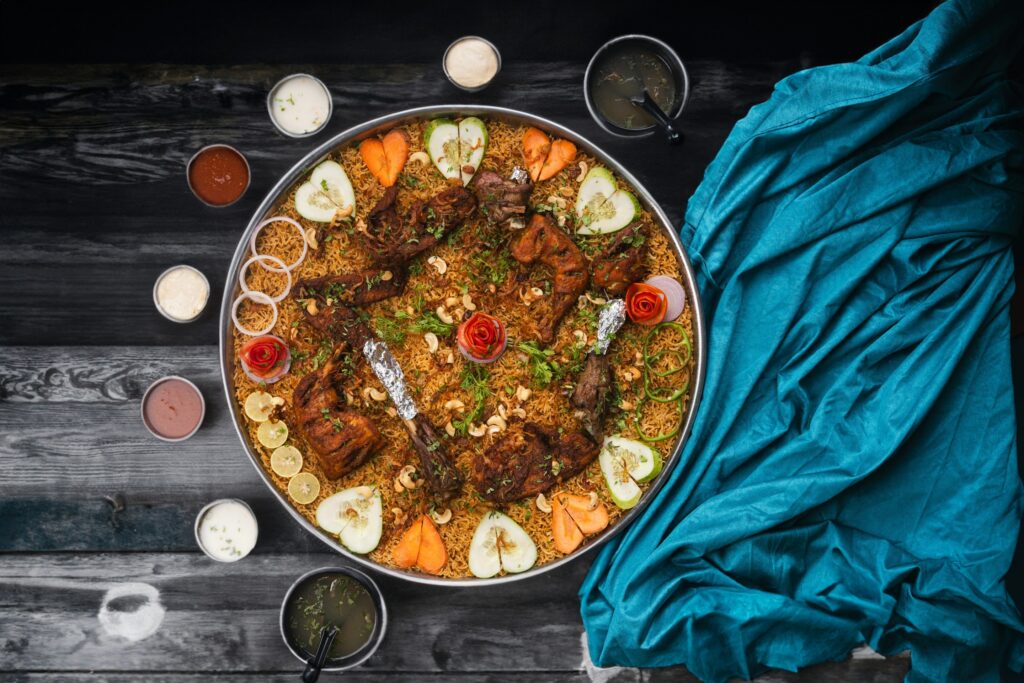
● Lucknow (Awadhi) style
The “pakki style” involves cooking the meat and rice separately and then layering them together before steaming. This is a court dish rooted in the elegant Nawab (noble) culture, with subtle spices and a delicate aroma and refined flavor.
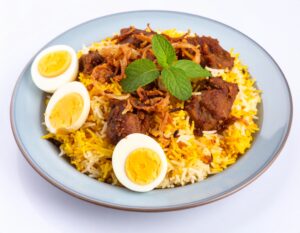
● Malabar (Kerala) style
This is a coastal cuisine culture strongly influenced by Arab merchants, passed down in the Malabar region of Kerala, South India.
This dish features generous amounts of coconut oil, raisins, cashews, and onions, and often incorporates seafood (especially shrimp and fish) or chicken. As a result, its aroma and sweetness stand out more than the spiciness of the spices.
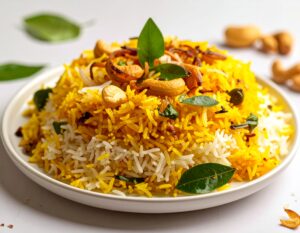
● Kolkata style
This style is characterized by the addition of boiled eggs and potatoes. It became popular when descendants of the Mughal dynasty moved to the city of Kolkata (formerly Calcutta) in the state of West Bengal in East India. Compared to other styles, the flavor is mild and slightly sweet, and the aroma is subtle.
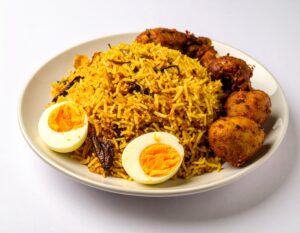
● Pakistani-style Biryani
It is loved throughout Pakistan, but is particularly famous in Karachi and the Sindh region, where it developed under the strong influence of Indian immigrant culture.
It has a reddish appearance and a punchy flavor that combines a strong aroma with spiciness.
● Sri Lankan-style Biryani
It is similar to the culture of South India and was spread by the Muslim population. It is also called “biryani” in the local area.
This dish features Sri Lankan chili spices and is said to be quite spicy. It also offers flexibility with chicken, beef, or seafood options, served with a fried egg and chutney on the side.
Trivia about Biryani
1. “Biryani Police”
Among social media users and Biryani lovers, there seems to be a term called “Biryani Police.”
This is a colloquial term that refers to enthusiastic fans who harshly criticize the cooking method and ingredients, saying, “This isn't real Biryani!”
For example, people who are strongly committed to the tradition and definition of Biryani, such as “Mixed rice is not Biryani!” or “If it doesn't contain saffron, it's fake!”
In India, Pakistan, and Bangladesh in particular, there are sometimes serious debates about the “correctness” of Biryani.
2. Religion, culture, and Biryani
Biryani is often served as a “feast dish” at Muslim celebrations (such as Eid and weddings).
On the other hand, in Hindu areas, vegetarian Biryani, which takes into consideration the type of meat, has become established, using vegetables and paneer (Indian cheese).
In other words, biliniya is a very flexible dish that has evolved according to religious backgrounds.
3. Instant Biryani is evolving
Due to the popularity of Biryani, retort pouches, frozen foods, meal kits, instant spice mixes, and other products are now sold worldwide.
Biryani masala (spice mix) brands such as SHAAN, MDH, and Eastern are available at Japanese supermarkets and online stores.
This product is designed to be cooked in a short time, allowing even busy people to easily enjoy “authentic Biryani.”
How to make Biryani (Hyderabad style, Kutch style)
Ingredients (for 4 people)
【For marinating meat】
- Chicken thighs (bone-in recommended) ... approx. 500g
- Plain yogurt ... 100g
- Grated garlic ... 1 teaspoon
- Grated ginger ... 1 teaspoon
- Lemon juice ... 1 tablespoon
- Turmeric ... 1/2 teaspoon
- Chili powder ... 1 teaspoon
- Cumin powder ... 1 teaspoon
- Coriander powder ... 1 teaspoon
- Garam masala ... 1 teaspoon
- Salt ... 1 teaspoon
- Fried onions (if available) ... a handful
【For rice】
- Basmati rice ... 2 cups (300g)
- Water ... appropriate amount
- Salt ... 1 teaspoon
- Cloves, cinnamon, bay leaves, cardamom... 2-3 each (to taste)
【Other】
- Saffron ... a small amount (soak in 2 tablespoons of lukewarm water or milk)
- Fried onions (for garnish) ... as needed
- Ghee (or butter or salad oil) ... 2 tablespoons
- Fresh mint, coriander (cilantro) ... appropriate amount (finely chopped)
How to make them
【1】Marinate the chicken (at least 2 hours, or overnight if possible).
First, cut the chicken into bite-sized pieces, mix with all the marinade ingredients, and place in an airtight container.
Leave it in the refrigerator to allow the flavors to soak in.
【2】Parboil the basmati rice.
Rinse the rice lightly without rubbing it, then soak it in water for about 30 minutes.
Next, bring a large pot of water to a boil, then add salt and spices.
Add rice and boil until 70-80% cooked, then drain in a colander and remove excess water.
(*Be careful not to overcook: leave the core slightly uncooked.)
【3】Form layers in the pot
Place the marinated chicken in a thick pot or clay pot (including the marinade).
Place the parboiled rice on top (you can divide it into 1-2 layers).
As a topping:
- Saffron milk
- Fried onion
- Mint coriander
- Ghee (a little bit)
【4】Steam bake in a sealed container (dam cooking)
Cover the pot tightly, using a damp cloth if needed.
Next, reduce the heat to low and simmer for 30 to 40 minutes.
- Cook on medium heat for the first 5 minutes, then immediately reduce to very low heat and simmer.
After that, turn off the heat and let it steam for about 10 minutes.
【5】Be careful not to mix too much! Finish with a fluffy texture.
Once cooked, gently mix from the bottom.
Finally, taste it and adjust by adding ghee or garam masala if it needs more saltiness or aroma.
Garnish
【Recommended accompaniments】
- Raiter (yogurt + onion + cucumber + salt)
- Boiled egg
- Pickles (Achar)
- Thinly baked chapati and papad
Summary
This time, we introduced Biryani, which originated in South Asia, mainly India.
Biryani, which has undergone various variations depending on the region and religion, is now eaten around the world, and its popularity continues to grow.
In this age where instant versions have evolved and become easier to eat, finding your favorite Biryani is part of the fun.
We hope this article inspires you to try Biryani at a restaurant or at home!
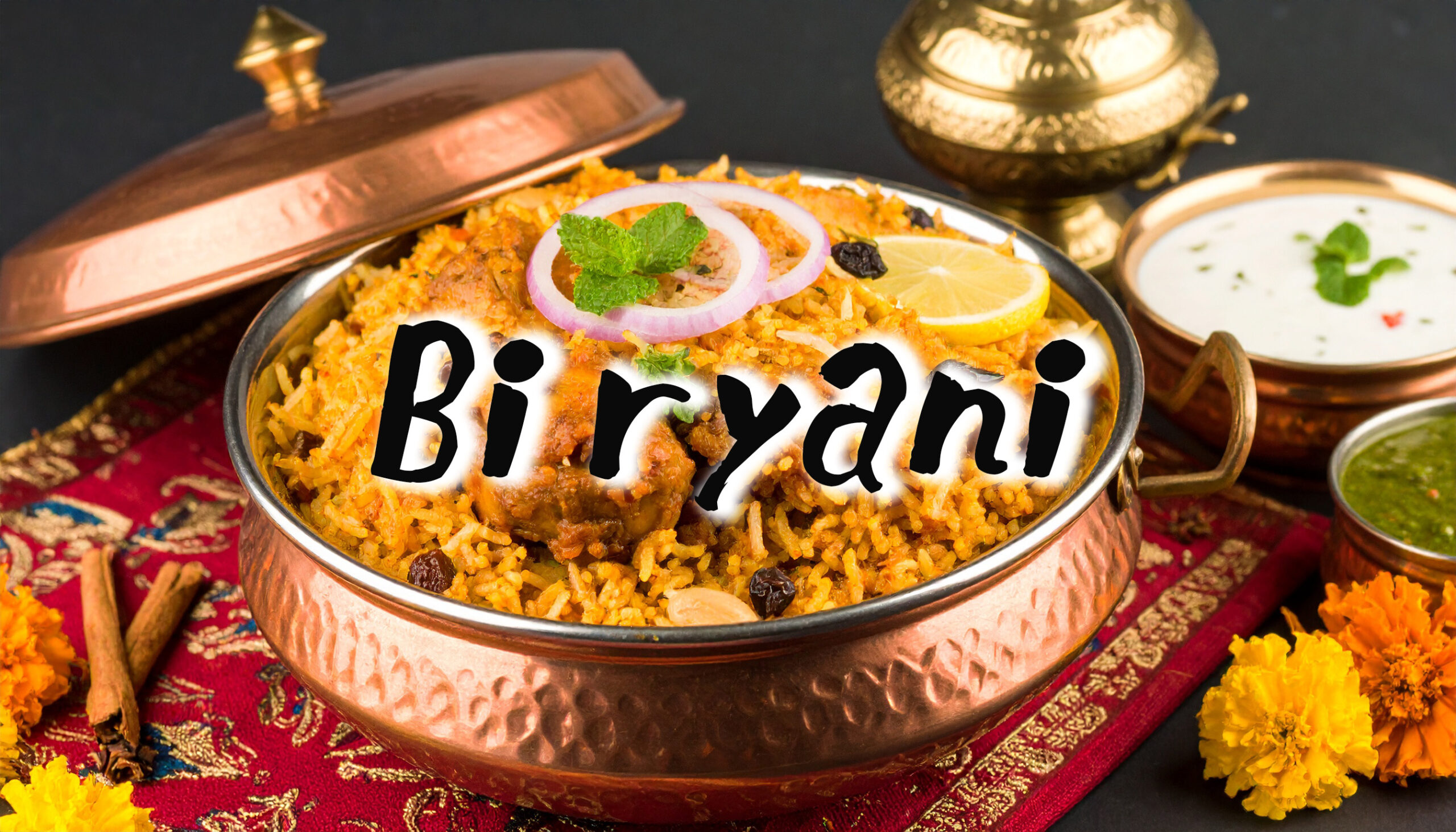
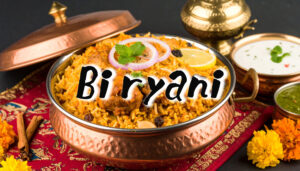
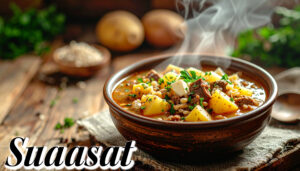

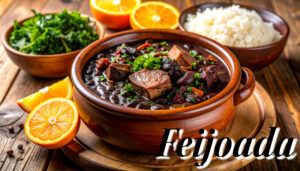

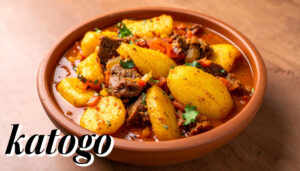


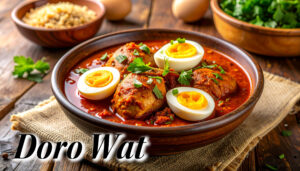
Comments
List of comments (1)
My spouse and I stumbled over here different web page and thought I
may as well check things out. I like what I see so now i am following you.
Look forward to going over your web page
for a second time.